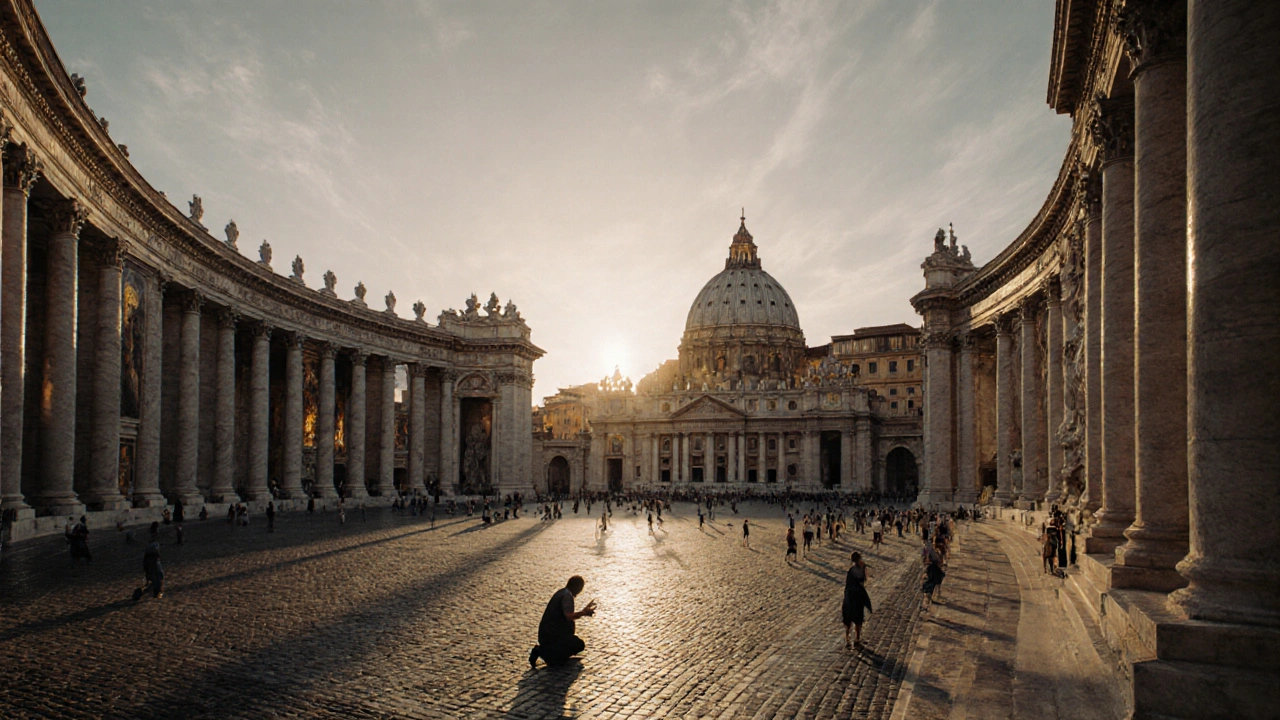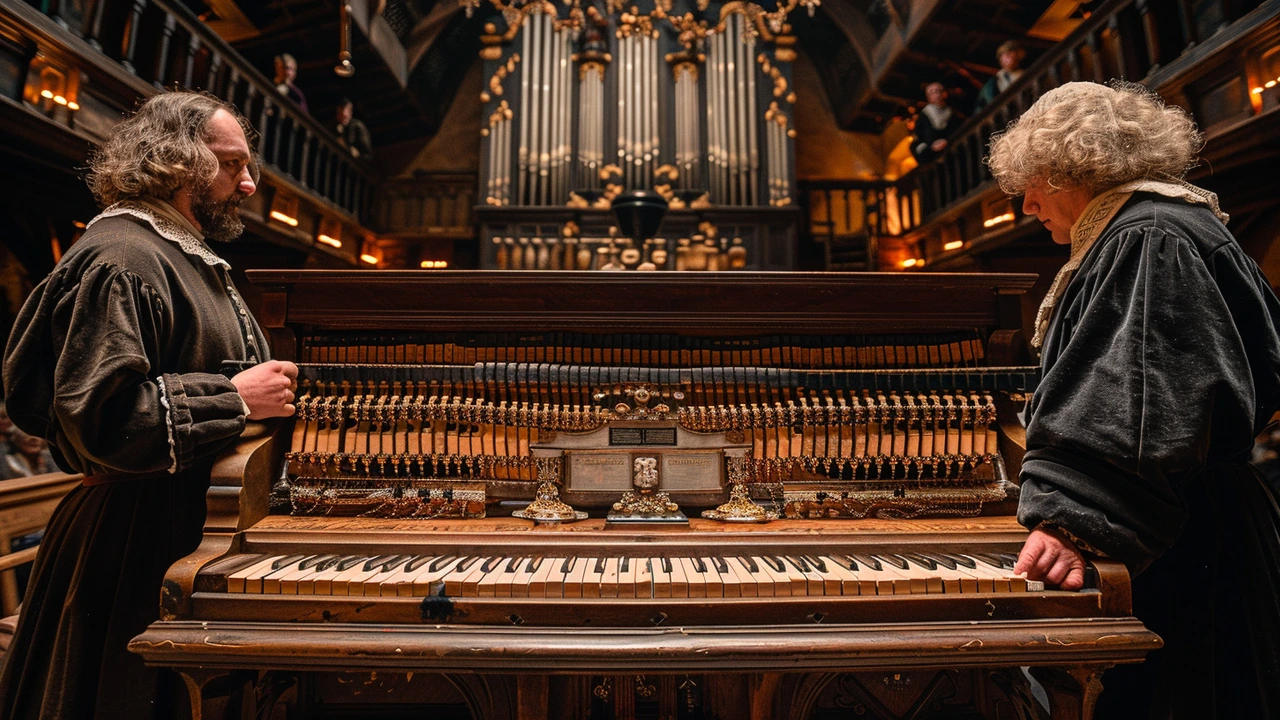Baroque Music: A Quick Guide to Sound, Style, and Listening
Have you ever felt moved by a dramatic orchestral swell and wondered why it felt so intense? Baroque music (1600–1750) built that kind of emotional pull on purpose. It uses clear contrasts, bold rhythms, and ornate melodies to grab attention and hold it.
What makes Baroque music sound like Baroque?
The core idea is contrast: loud vs soft, solo vs full ensemble, fast vs slow. Composers used basso continuo—a continuous bass line played by cello and harpsichord or organ—to glue everything together. Ornamentation (trills, turns) decorates main melodies. Rhythm tends to be energetic and steady, which gives music a forward drive.
Key forms and where to start listening
Try these forms to get a quick grip: concerto (fast-slow-fast), solo sonata, opera, oratorio, and dance suites. Start with easy-to-love pieces: Vivaldi’s The Four Seasons, Handel’s Messiah (the Hallelujah chorus), Bach’s Brandenburg Concertos, and Monteverdi’s operas. These show the range—from intimate chamber music to grand choral sound.
Familiarize yourself with common instruments: harpsichord, baroque violin (with gut strings), theorbo, and natural trumpet. Their tones are rawer and more direct than modern instruments. When you hear them, notice the crisp attack of the harpsichord and the warm, less bright tone of gut-string violins.
Performance style matters. Baroque players often use lighter bowing, less vibrato, and flexible tempos called "affects" to highlight emotion. Modern ensembles recreate this with period instruments or "historically informed" playing on modern instruments. If a recording feels breathy and more intimate, it’s likely period-style.
Want quick listening tips? Focus on rhythm and melody first. Tap your foot to the bassline to feel the groove. Try listening for repeating motives—short patterns that return and evolve. Notice where the piece shifts from a soloist to the full group; those contrasts are the drama engines.
Baroque music still shows up everywhere: film scores lean on its dramatic gestures, pop samples borrow its motifs, and modern composers use its forms. You might recognize a Baroque figure in a movie chase scene or in a remix that loops a harpsichord line.
If you want to explore further, look for local early-music concerts or online playlists labeled "Baroque" or "period performance." Start with recordings by historically informed groups like The English Concert, Academy of Ancient Music, or soloists like Jordi Savall and Trevor Pinnock.
Do you play an instrument? Try a simple ornament like a short trill on a repeated note, or practice playing with a steady bass so you learn how harmony supports melody. If you’re a casual listener, pick one composer and follow their works across different forms—Bach’s cantatas, Handel’s operas, and Vivaldi’s concertos reveal a lot.
Baroque music rewards attention. Spend a few focused listens and you’ll start catching patterns, feeling the drama, and enjoying the clever ways composers balanced order with expressive flair.
Try recordings by Fabio Biondi, John Eliot Gardiner, Jordi Savall, and Christopher Hogwood — then compare modern orchestras to period ensembles to hear real differences in tempo, tone, and balance.


